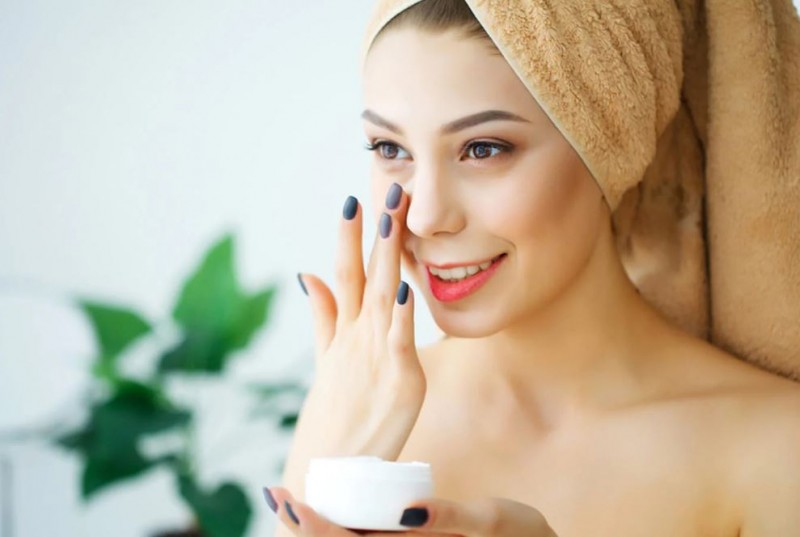
As we age, the signs of aging become more apparent, especially on our faces. Aging skin requires extra nourishment to combat signs like wrinkles, fine lines, and sagging. Neglecting skincare can exacerbate these issues over time. To prevent aging-related problems, it's essential to take good care of your skin. Fortunately, many ingredients commonly found in the kitchen can be used to create facial packs that help in skin rejuvenation. Here, we'll discuss two methods for making facial packs that can address aging skin problems:
Oats Facial Pack:
The oats facial pack is a simple yet effective homemade remedy for combating aging signs on the skin. Oats are known for their soothing properties and ability to gently exfoliate the skin. Here's a breakdown of the components and their benefits:
Buttermilk: Buttermilk contains lactic acid, which helps in gently exfoliating the skin, removing dead skin cells, and promoting cell turnover. It also has hydrating properties, making the skin soft and supple.
Oats: Oats act as a natural exfoliant, helping to slough off dead skin cells and reveal smoother, more radiant skin underneath. They also contain antioxidants and anti-inflammatory compounds that help in reducing inflammation and protecting the skin from damage caused by free radicals.
Olive Oil: Olive oil is rich in antioxidants and fatty acids that nourish and moisturize the skin. It helps in maintaining the skin's natural moisture barrier, preventing dryness and dehydration. Additionally, olive oil contains vitamins E and K, which promote skin health and repair damaged skin cells.
Application: Mix the buttermilk and oats together and heat the mixture slightly to enhance its effectiveness. Then, add olive oil to the mixture and allow it to cool before applying it to the face. Leave the pack on for 10-20 minutes to allow the skin to absorb the nutrients. Rinse off with cold water and follow up with a moisturizer to lock in hydration.
Apple Facial Pack:
The apple facial pack harnesses the antioxidant-rich properties of apples to rejuvenate the skin and combat signs of aging. Here's a detailed look at its components and benefits:
Apple: Apples are rich in vitamins A, C, and E, as well as antioxidants like quercetin and catechins. These nutrients help in protecting the skin from oxidative stress, reducing the appearance of wrinkles and fine lines, and promoting collagen production for firmer, more youthful-looking skin.
Honey: Honey is a natural humectant, meaning it attracts and retains moisture in the skin, keeping it hydrated and plump. It also has antimicrobial properties that help in preventing acne and promoting clear, healthy skin.
Milk Powder: Milk powder is rich in lactic acid, which helps in gently exfoliating the skin and promoting cell turnover. It also contains proteins and vitamins that nourish the skin and improve its texture and appearance.
Application: Boil apple pieces until they become soft and then mash them to create a smooth paste. Add honey and milk powder to the paste and mix well to form a consistent mask. Apply the mask to the face and neck, avoiding the eye area, and leave it on for 20-30 minutes. Rinse off with lukewarm water and pat dry. Follow up with a moisturizer to seal in the hydration and keep the skin soft and supple.
In conclusion, these homemade facial packs offer natural and effective solutions for addressing aging skin concerns. By incorporating them into your skincare routine regularly, you can nourish, rejuvenate, and maintain youthful, glowing skin without resorting to harsh chemicals or expensive treatments. Remember to patch-test new ingredients to ensure they are suitable for your skin type and consult a dermatologist if you have any concerns or allergies. With consistent care and attention, you can achieve and maintain healthy, radiant skin at any age.
IIT Kanpur Teams Up with Conlis Global for Breakthrough Bone Healing Technology
PM Modi Pledges Support for Farmer Welfare and Rural Development: What Did He Say?
Menstrual Hygiene: Try Tampons, More Convenient and More Efficient Than Pads; Here's How They Work